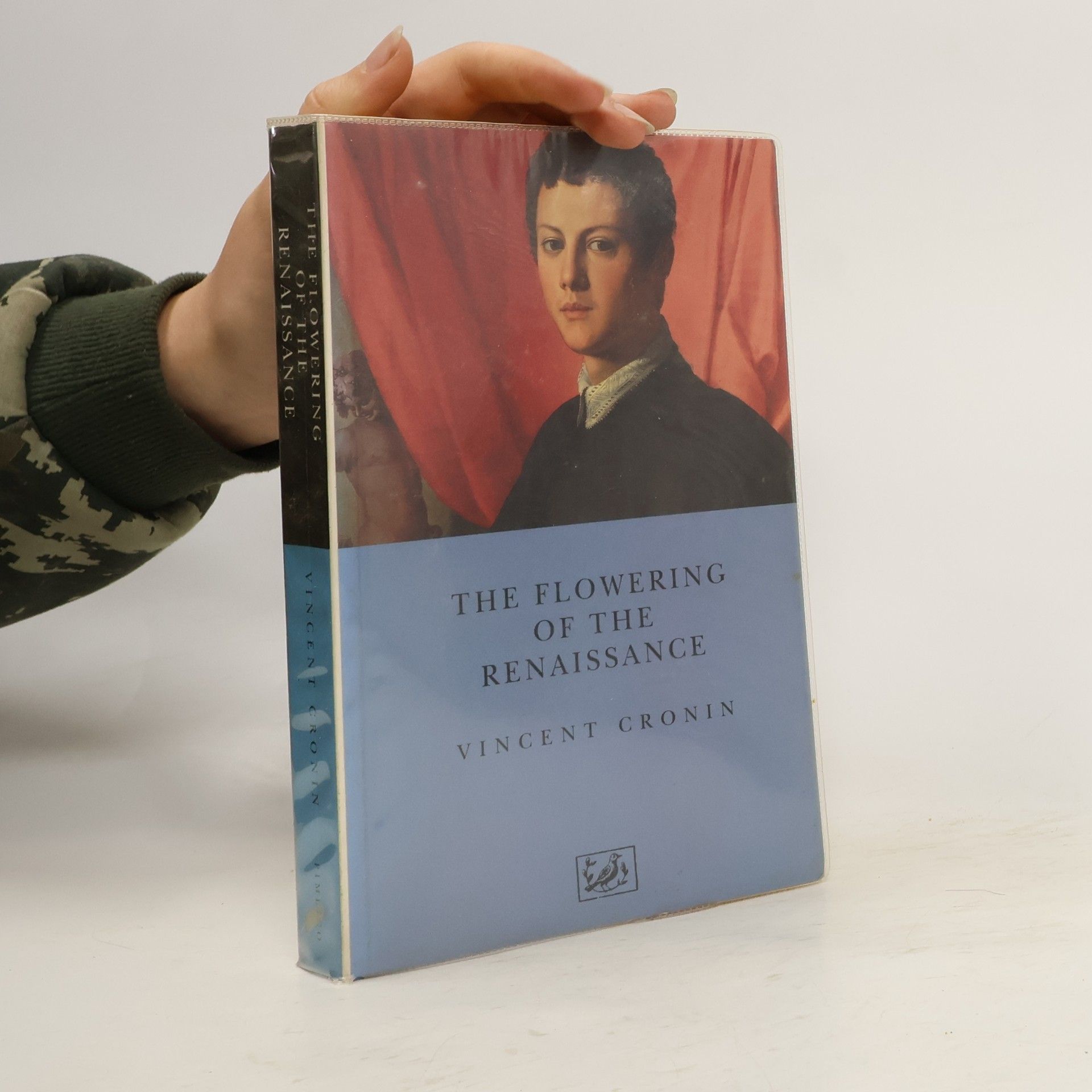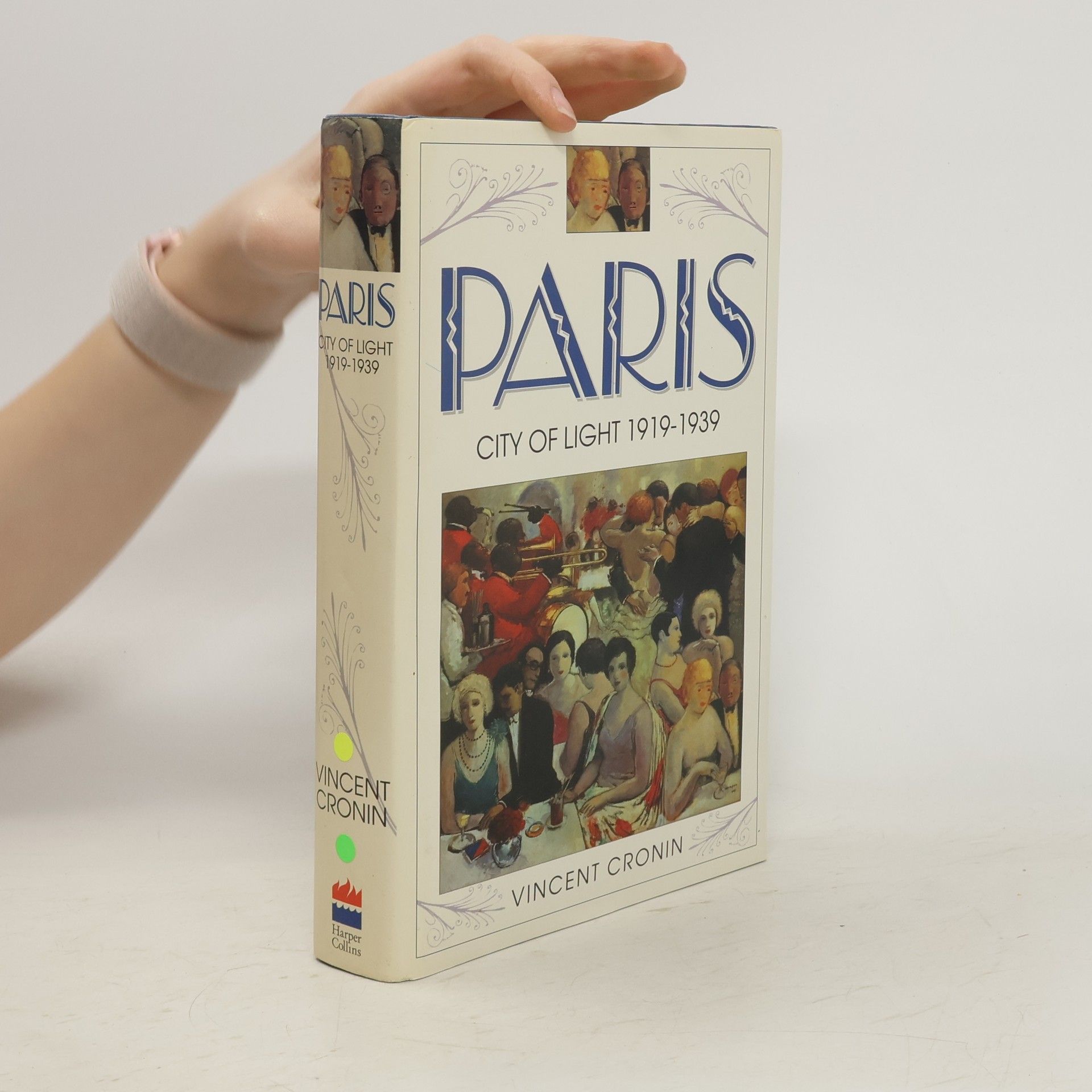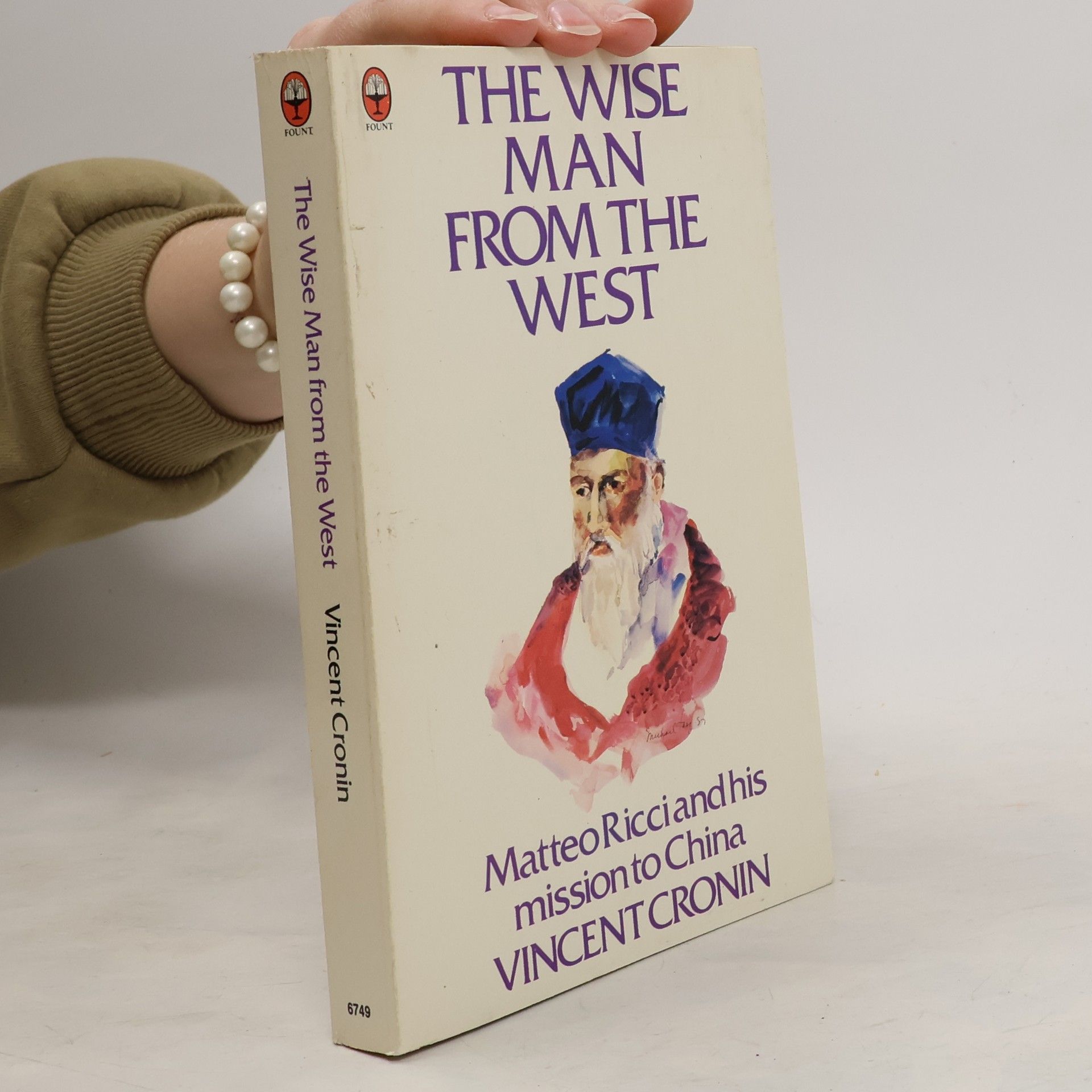The Golden Honeycomb
- 294bladzijden
- 11 uur lezen
Vincent Cronin was een Britse schrijver gericht op geschiedenis, cultuur en biografie. Bekend om zijn boeiende stijl en diepe historische context, zijn zijn werken vertaald in talrijke Europese talen. Cronin verwierf bekendheid door zijn nauwgezette biografieën van belangrijke monarchen en zijn inzichtelijke verkenningen van de Renaissance, die sleutelfiguren en tijdperken levendig tot leven wekken voor lezers.






Sie wurde als Tochter eines deutschen Fürsten geboren und mit 33 Jahren Herrscherin des russischen Reichs – Katharina II. (1729–1796). Die Geschichte verlieh ihr den Beinamen »die Große«. Vincent Cronin porträtiert die schillernde Persönlichkeit der russischen Zarin, ihr ereignisreiches Privatleben und ihre großen Leistungen als Regentin – gerade auch bei der Verwirklichung weitreichender Sozialreformen. Und er korrigiert damit ein über lange Zeit verfälschtes Geschichtsbild.
Matteo Ricci, an early recruit of the Jesuit order, was sent to China as a missionary in 1582. If he approached the Emperor with a Bible in one hand, in the other he carried much of the accumulated technological and philosophical wisdom of the late Renaissance Europe, and thus found favour among the Mandarins, the men of learning who enjoyed high status at the Imperial Court. He learned Chinese the better to discuss with them the problems in science and technology, as also questions of religion and the hereafter. But his progress was not unopposed, for the Wise Man from the West came to be seen as an unsettling element in a too-settled society. Ricci died in 1610, disappointed in his ambition to convert the Emperor, and with him the whole of China, to Christianity. But the seed was sown and the crop, even after almost a century of atheistic communism, continues to grow in present-day China. This story of the first fully documented contact between West and East offers a fascinating insight into the history of ideas during one of the most fertile eras in European and Chinese history. Vincent Cronin has built up a reputation with his scholarly, elegantly written works of history and biography, as one of the finest popular historians of his generation. This early book proves his gift as an acutely observant and sensitive historian.
Podtitul: Král Slunce: velký panovník z rodu Bourbonů Životní osudy francouzského panovníka Ludvíka XIV. Podrobný životopis jednoho z největších francouzských králů, za jehož vlády dosáhla Francie velkého rozkvětu a lesku. Autor velmi pečlivě sleduje osudy Ludvíka XIV. již od jeho narození. Rozsáhlá část je věnována jeho vztahu k umění. Nechybí ani nástin situace po jeho smrti. Publikace obsahuje podrobný rejstřík i soupis použité literatury.
Paris between the wars: our impression is one of gaiety, frivolity, fashion, of exuberant living - a city whose lights were put out by the terrifyingly rapid advance of the German panzers in 1940. And so, in some ways, it was. But as Vincent Cronin shows in this compelling and original book - which encompasses social, intellectual, political and cultural history - the full picture was much more complex. Cronin examines developments in the arts, fashion and politics, and has something surprising to say about each of them; but also investigates the achievements of Parisian philosophers and industrialists. It is notoriously difficult to perceive valid patterns across such a broad range of human activities as these, but that is exactly what Cronin has done. The result is a thoroughly convincing and engrossing portrait of a city outwardly confident and intent on enjoying life, but behind that uncertain, divided and ultimately incapable of standing up to aggression.
Einband leicht verzogen und mit kleiner Druckstelle auf dem Deckel, ansonsten einwandfrei
Julius II - Caesar Augustus - Germany - The arts - Venetian republic - Venetian architecture - Venetian painting - Venetian art - Pallidio - Carpaccio ; Contain in Appendix C a list of the whereabouts of the works of art mentioned in the text. Appendix A details Italian currencies and their values; Contains list of Popes from 1450 to 1616.
This portrait of Paris between 1900 and 1914, when it was the artistic centre of Europe, is evoked by a series of character sketches of important figures, such as Proust, Gide, Claudel, Debussy, Sarah Bernhardt, Picasso, Diaghilev and the Curies. By drawing together the threads of their lives the author distinguishes a subtlety and delicacy in artistic and intellectual life not present in the more pleasure-seeking 1890s. But dark political clouds were looming with the German occupation of Alsace-Lorraine, the Agadir crisis, and the effect on Germany of the growing Entente Cordiale - events of which intellectuals and artists failed to see the full significance. The author has written "Louis XIV", "Louis and Antoinette" and "Napoleon".
Strategie und Staatsmann